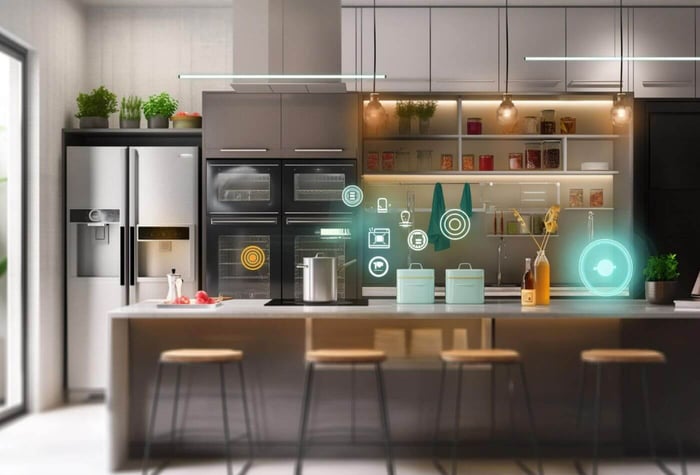
Automated Lighting to Save Electricity: A Bright Future?
Share
In todays fast-paced world, where technology evolves at an astonishing rate, the concept of automated lighting to save electricity has emerged as a beacon of innovation. For tech professionals and enthusiasts, automated lighting represents not just a technological advancement but a significant step toward reducing energy consumption and fostering sustainable living. But how exactly does this technology work, and why is it becoming pivotal in our move towards energy efficiency?

Understanding Automated Lighting
Automated lighting systems are designed to provide the right amount of light when and where it is needed, minimizing wastage. By integrating smart controls and sensors, these systems can adjust lighting based on occupancy and natural light levels. This technology not only enhances convenience but also significantly reduces electricity usage, contributing to lower energy bills and a reduced carbon footprint.
How Automated Lighting Works
At the core of automated lighting to save electricity is the use of sensors and smart algorithms. These systems can detect the presence of people in a room and adjust the lighting accordingly. For instance, if a room is unoccupied, the lights will automatically dim or turn off, conserving energy. Additionally, daylight sensors can adjust indoor lighting based on the amount of natural light available, ensuring optimal illumination without unnecessary energy consumption.
The Benefits of Automated Lighting
Implementing automated lighting solutions offers numerous benefits. Firstly, there is the obvious reduction in electricity consumption, which directly impacts utility bills. Furthermore, automated lighting enhances the lifespan of light fixtures by reducing their operating time, thereby lowering maintenance costs. Additionally, such systems contribute to environmental conservation by reducing carbon emissions, aligning with global sustainability goals.
Applications in Smart Homes and Buildings
Automated lighting is increasingly becoming a staple in smart homes and commercial buildings. In residential settings, smart lighting solutions can be integrated with home automation systems to create customized lighting scenes that adapt to the homeowners lifestyle. In commercial buildings, these systems optimize lighting across large spaces, ensuring efficient energy use while enhancing the comfort and productivity of occupants.
For those interested in diving deeper into how automated lighting is revolutionizing green living, consider exploring resources like tips for automated lighting in green homes and IoT controlled lighting systems.
Challenges and Considerations
While the advantages of automated lighting are clear, there are challenges to consider. Initial installation costs can be high, and there may be a learning curve associated with using new technology. Additionally, ensuring compatibility with existing systems can be complex. However, with the rapid advancement in technology and growing competition, costs are expected to decrease, making automated lighting more accessible.
Future Prospects
The future of automated lighting to save electricity looks promising. As technology advances, these systems will become more intuitive, integrating seamlessly with other smart home devices and offering even greater energy savings. For tech enthusiasts, staying informed about the latest trends and innovations in this field is crucial. Resources like sustainable living with eco-friendly home automation and best green home tech can provide valuable insights.
Conclusion
In conclusion, automated lighting to save electricity is not just a technological trend but a necessary step towards a more sustainable future. By embracing this technology, we not only enhance our quality of life but also contribute to global efforts in energy conservation and environmental protection. For tech professionals and enthusiasts, the journey into the world of automated lighting offers a glimpse into the future of smart living.

FAQ Section
How does automated lighting save electricity?
Automated lighting systems save electricity by using sensors and smart controls to adjust lighting based on occupancy and natural light levels, reducing unnecessary energy consumption.
What are the benefits of installing automated lighting?
Benefits include reduced electricity bills, extended lifespan of lighting fixtures, lower maintenance costs, and contribution to environmental conservation through reduced carbon emissions.
Are there any challenges with automated lighting systems?
Challenges include high initial installation costs, a learning curve for new users, and ensuring compatibility with existing systems. However, advancements in technology are gradually addressing these issues.
